“Gold is money. Everything else is credit.” — J.P. Morgan.
- Money has value. Commodities have value. Gold and Bitcoin are two examples of commodities.
- Credit has something behind it: a debtor that guarantees the creditor will get the money back.
- With the gold standard, the creditor would get gold in exchange for their currency.
- With Bretton Woods many currencies started to be backed up by US dollars, and not gold.
- Nixon dropped the gold standard for US dollars, too. Since then, the dollar is not backed by gold but by the US government. Dropping the gold standard had consequences.
- Originally, the entity behind a currency was not a government, but a bank, which would allow to safely deposit and keep money (e.g., gold coins), or safely carrying along a cheque worth an amount of money.
- Some people argue today that monetary policy by central banks has too much influence from governments and politicians; and should be independent analogously to the separation of church and state. Banks and governments may rug pull their respective currencies, and in fact they do at a not-so-controlled speed with inflation.
- In the absence of banks, pubs may be a better alternative to governments.
While gold and bitcoin are often compared to each other, they are not the only commodities. Traditional sectors for commodities are: energy, precious metals, industrial metals, livestock and agriculture. Exceptionally, cash is not trash nowadays, but for how long?
[link] [comments]

You can get bonuses upto $100 FREE BONUS when you:
💰 Install these recommended apps:
💲 SocialGood - 100% Crypto Back on Everyday Shopping
💲 xPortal - The DeFi For The Next Billion
💲 CryptoTab Browser - Lightweight, fast, and ready to mine!
💰 Register on these recommended exchanges:
🟡 Binance🟡 Bitfinex🟡 Bitmart🟡 Bittrex🟡 Bitget
🟡 CoinEx🟡 Crypto.com🟡 Gate.io🟡 Huobi🟡 Kucoin.
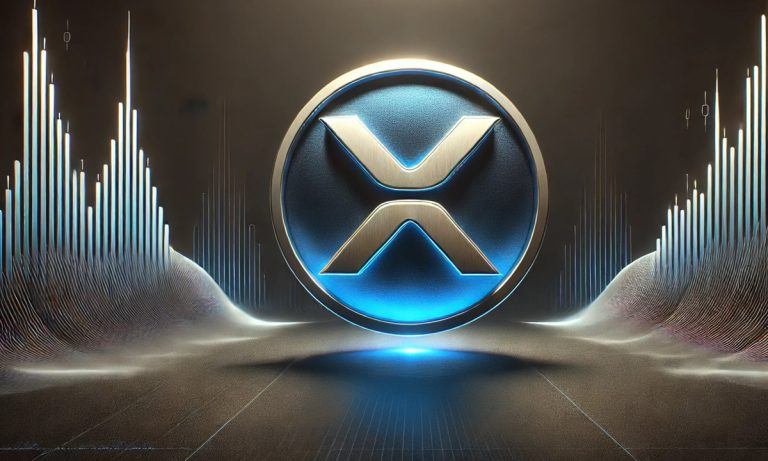
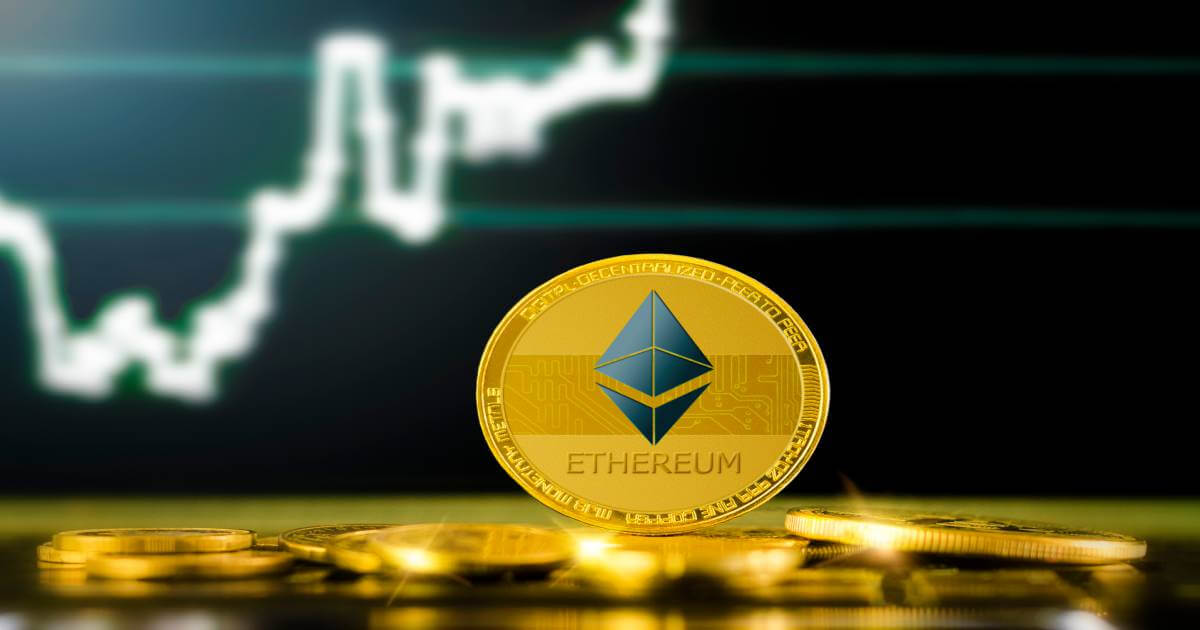

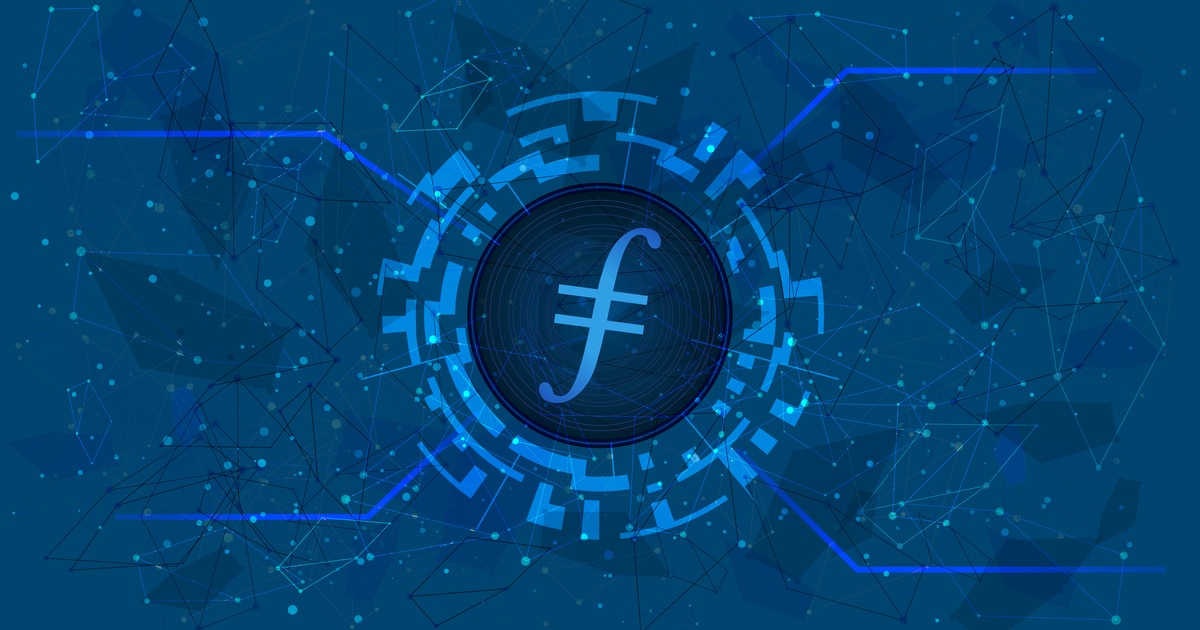
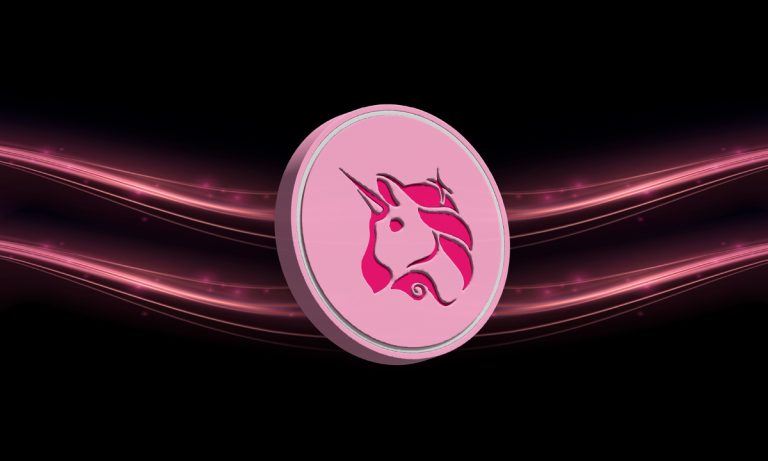
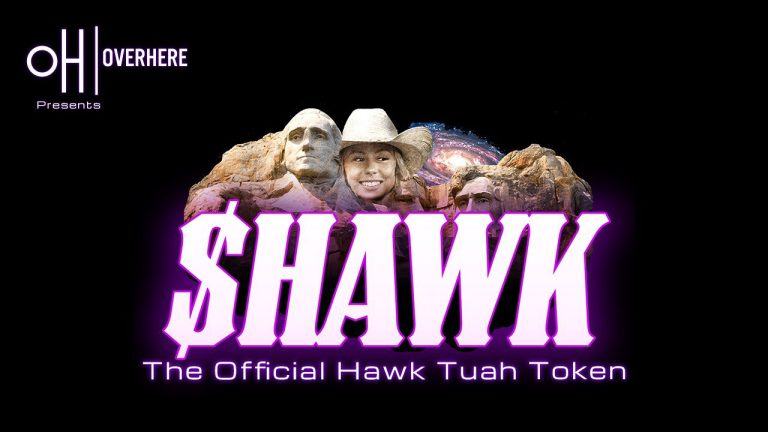



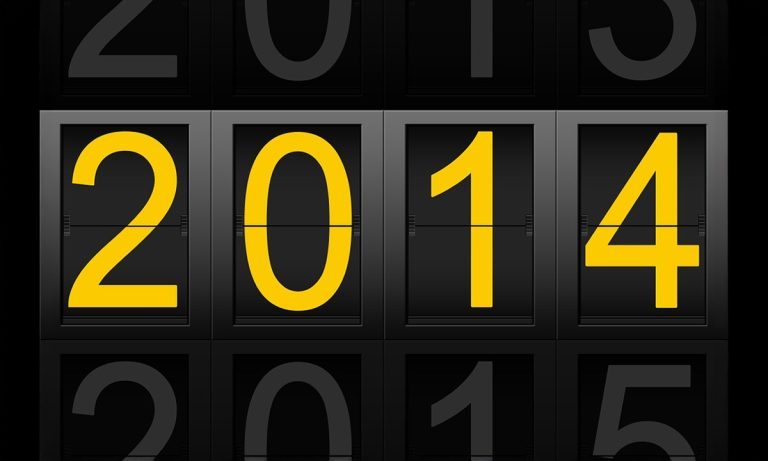

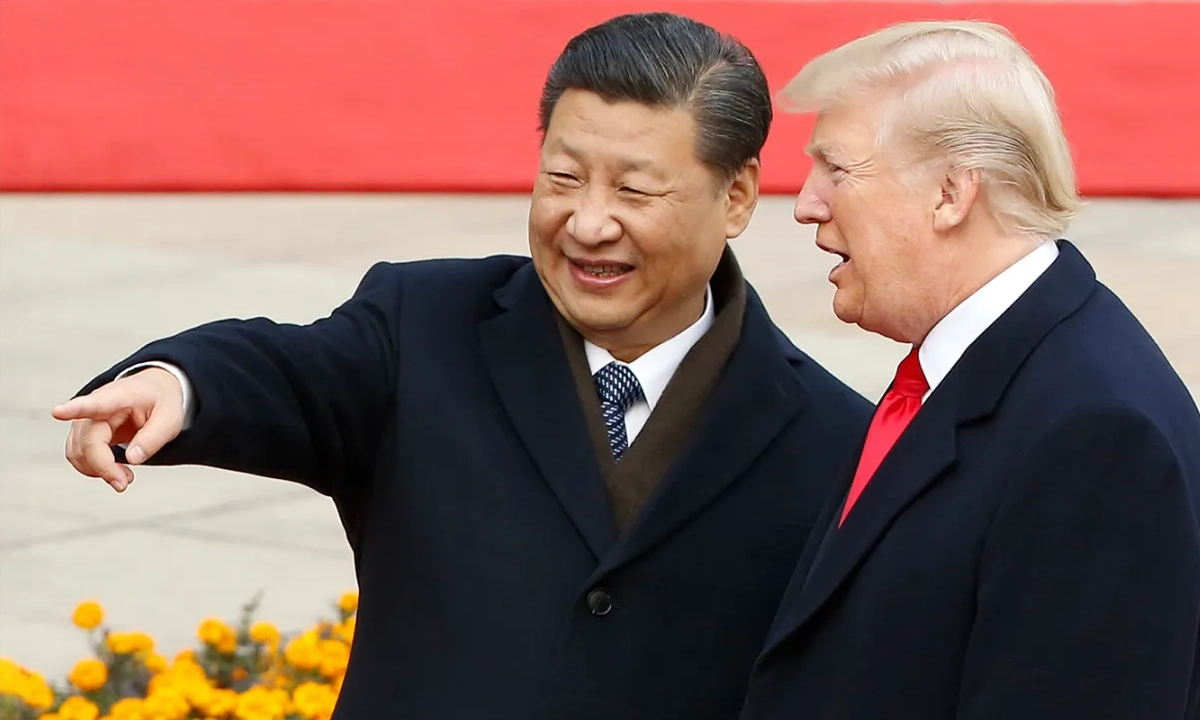



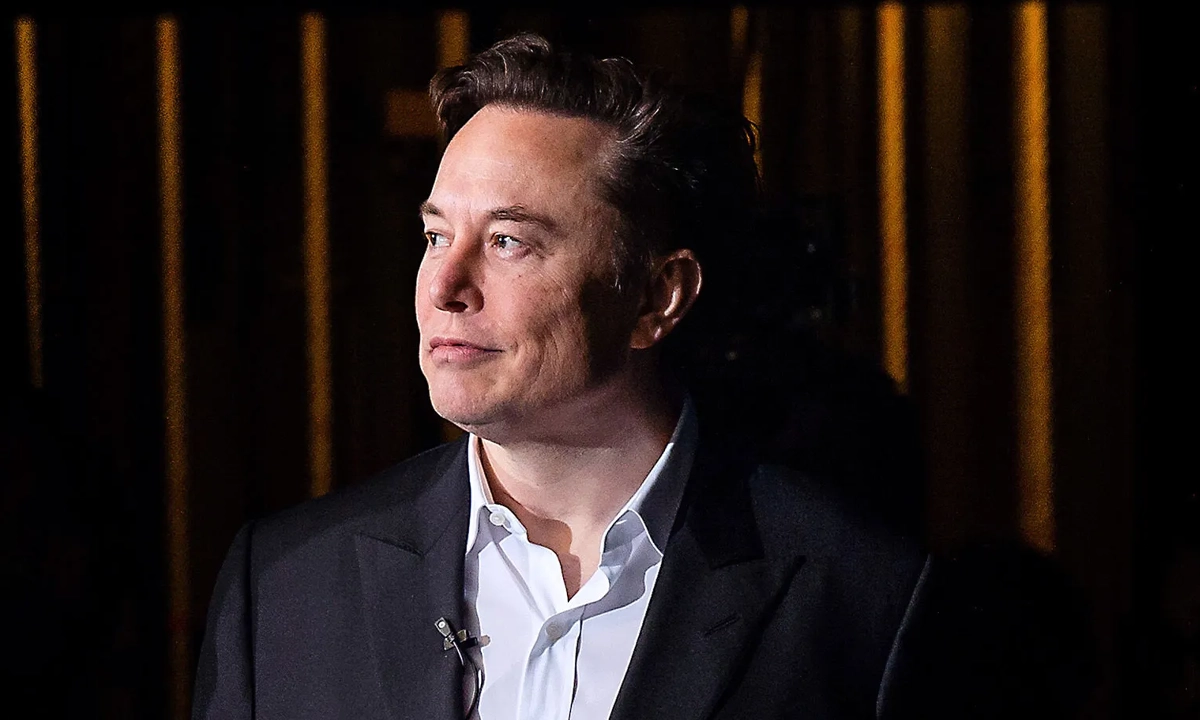
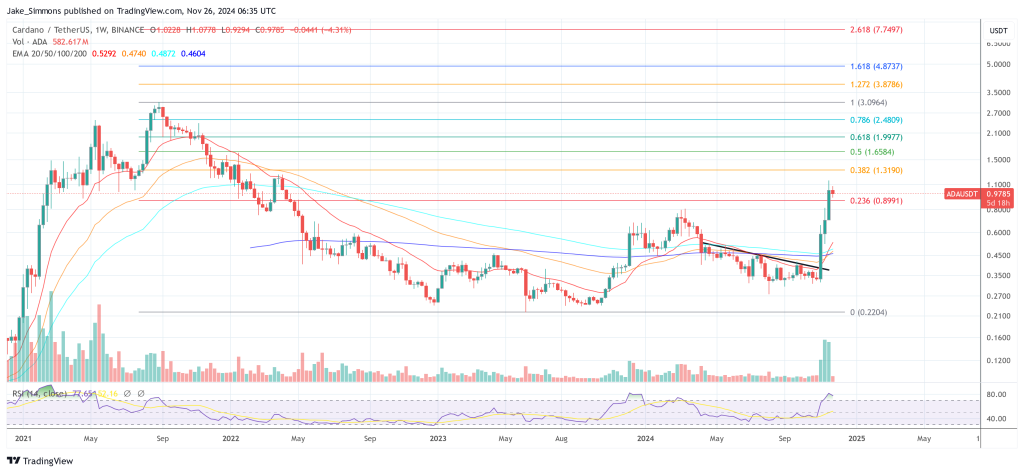
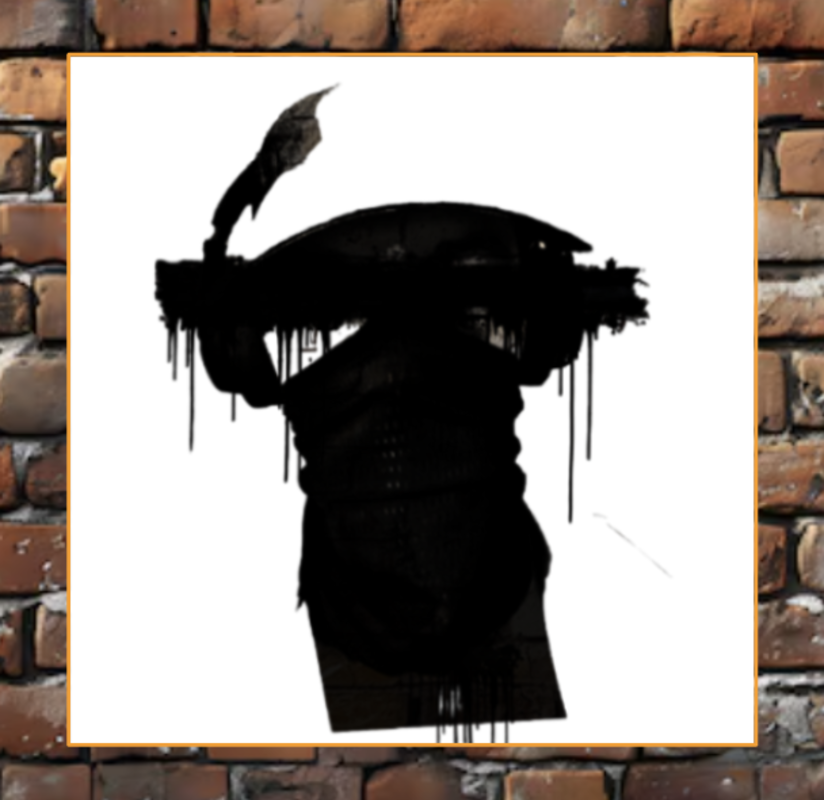

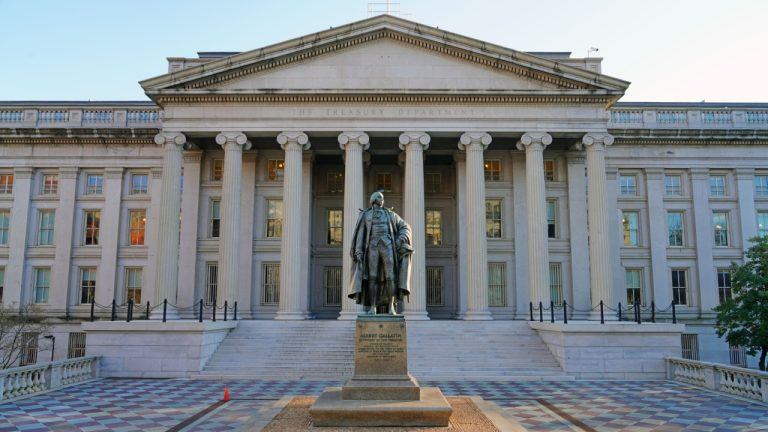
Comments